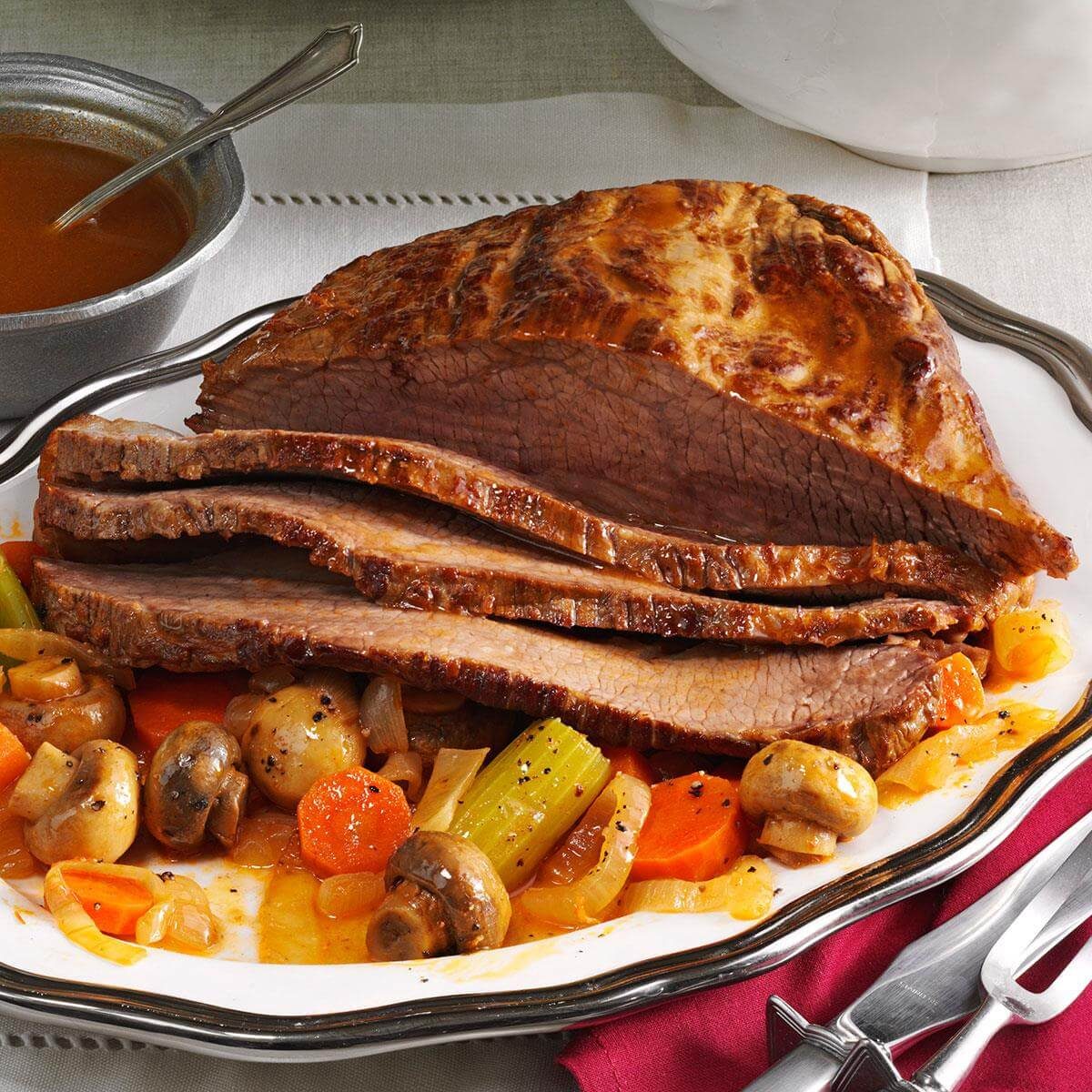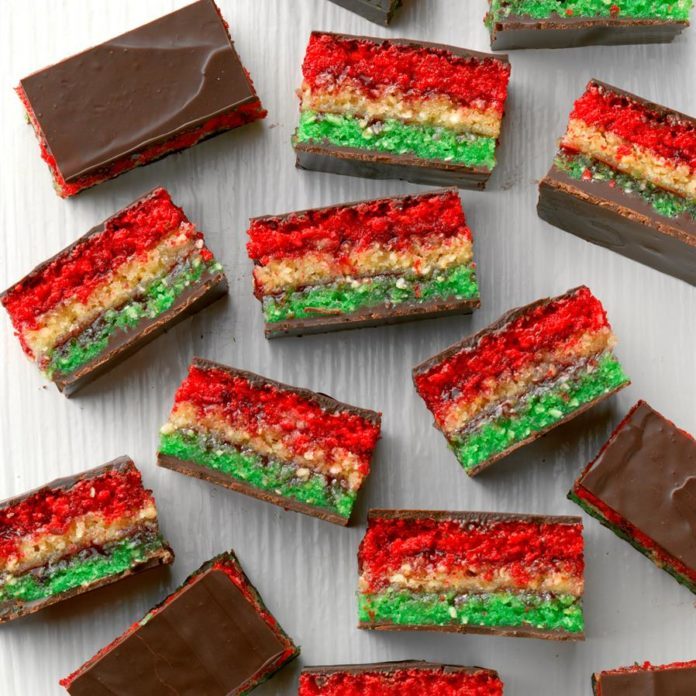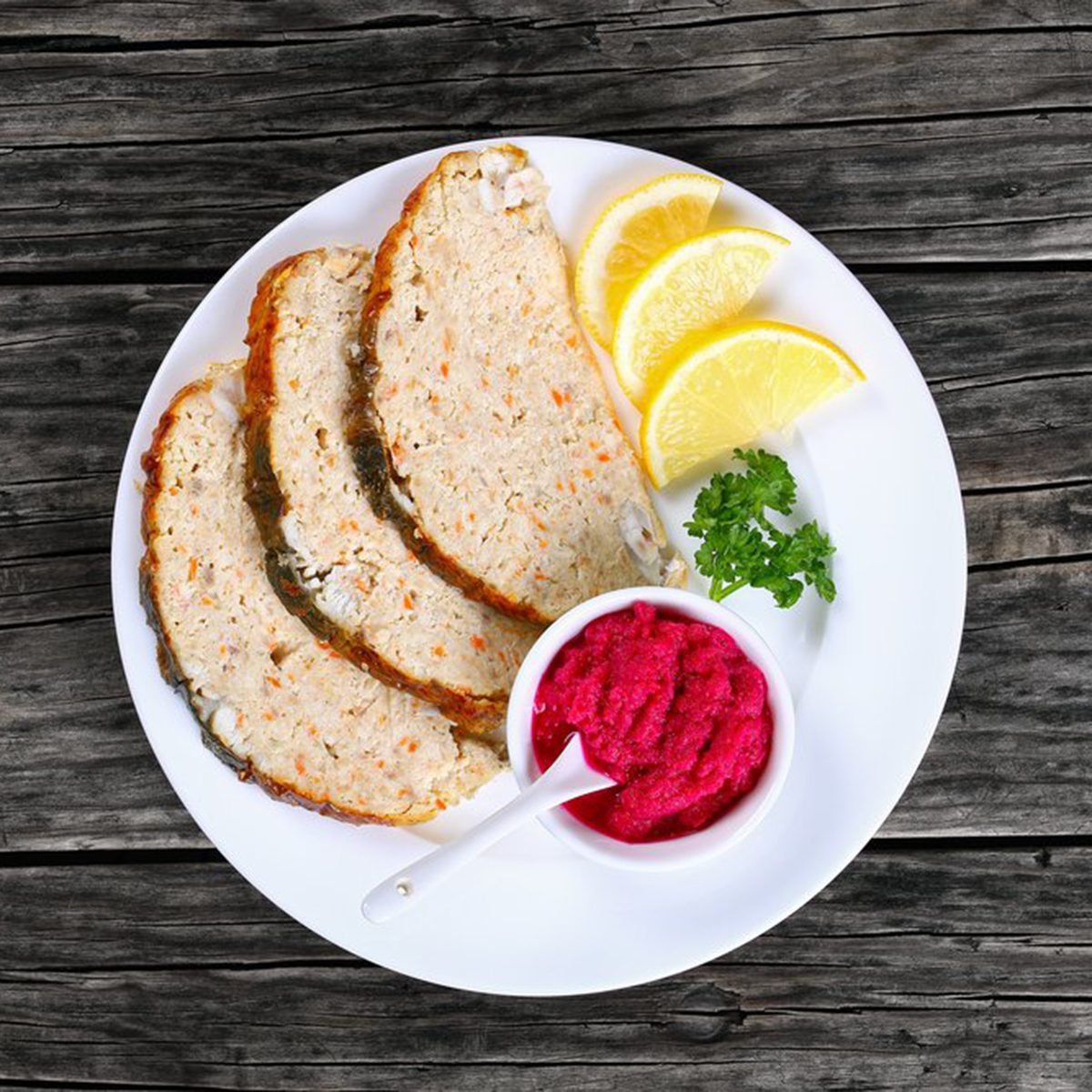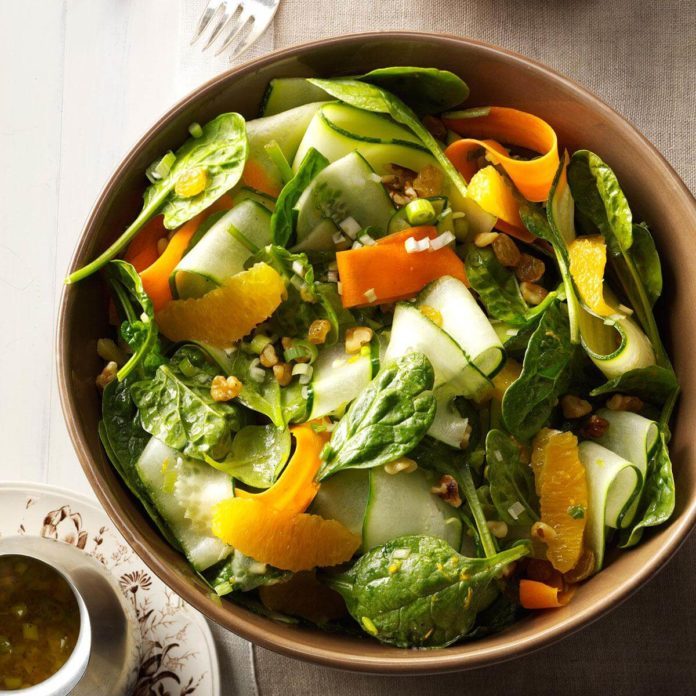The word knish (pronounced kuh-nish) might not be in everyone’s vocabulary, but my mother has fond memories of this Jewish comfort food. On the weekends, she would go shopping with my grandmother on Jerome Avenue in the Bronx. After shopping for bagels and bialys, they would hit the deli for whitefish. From time to time, my grandmother would also pick up knish for lunch. Although most people describe these potato-filled dumplings as comfort food, my mother thought of them as a treat.
My father also remembers them fondly, but he enjoyed them for different reasons. In the winter, he would buy two knishes and stuff them in his pockets. The hot potato filling would radiate heat throughout his coat, keeping him warm until the knish finally cooled down. Then, they’d be lunch!
What Is a Knish?
It’s a soft, pillowy piece of dough, filled to the brim with seasoned mashed potatoes. Each piece is traditionally rolled into a round ball and baked, although they can be formed into squares and deep-fried for a crispy exterior.
When I asked my parents about their favorite flavors, my mother laughed. She only ever remembers one filled with potatoes, although my father supposes there might be all kinds today (after all, they put pineapple on pizza, so anything is possible). It turns out he’s right: Some knish contain meat, cheese, kasha (buckwheat groats) or onions, and today’s chefs are making all kinds of non-traditional knishes like wild mushroom or wasabi and potato with crystallized ginger.
A Brief History of Knishes
According to Laura Silver, author of Knish: In Search of the Jewish Soul Food, the knish originally comes from Eastern Europe. Jewish immigrants brought it to the United States in the early 1900s, and the knish made its first appearance on New York’s Lower East Side. Wherever Jews moved, knisheries were sure to open until they peppered the landscape of Brooklyn, the Bronx and Coney Island. Unfortunately, knishes never took off like other types of dumplings, and it’s hard to find them outside New York.
How to Make a Knish
This recipe was inspired by Ida Gardner, who learned it from her mother, a caterer in Baltimore known as the “Knish Lady.” The dough is relatively easy to pull together, although you could use frozen puff pastry as a shortcut.
Ingredients
DOUGH:
- 2-1/2 cups all-purpose flour
- 1 teaspoon baking powder
- 1 teaspoon kosher salt
- 1/2 teaspoon sugar
- 1 egg
- 3/4 cup warm water
- 1/3 cup canola oil
- 1 egg yolk whisked with 1 tablespoon water (for the egg wash)
FILLING:
- 1-1/2 pounds russet potatoes, peeled and cut into 1-inch pieces
- Kosher salt and pepper, to taste
- 1 tablespoon canola oil
- 1 small yellow onion, small diced
Yield: This recipe makes about a dozen knishes.
Instructions
Step 1: Prepare the dough
Before you get started, preheat the oven to 400°F. The dough doesn’t need to rest, so making the knishes will happen pretty quickly.
In a large bowl, combine the flour, baking powder, salt and sugar. Make a well in the center of the dry ingredients and add the eggs, oil and warm water. Stir until the dough comes together, and knead it briefly with your hands. Form the dough into a large ball and divide it in half. Wrap the dough in plastic wrap to keep it from drying out while you prepare the filling.
Editor’s Tip: To prepare knish in advance, you can make the dough and filling two to three days ahead of time and assemble the knish just before baking.
Step 2: Prepare the filling
Place the potatoes in a large pot and cover them with an inch of cold water. Season the water with salt and bring the mixture to a boil. Cook until the potatoes are tender when pierced with a fork, about 10 to 15 minutes. Drain the potatoes and mash them using a food mill or potato ricer.
Meanwhile, heat the canola oil in a skillet over medium-high heat. Add the onions and cook until they’re tender, about 15 minutes. Mix the onions into the mashed potatoes and season with salt and pepper, to taste.
Editor’s Tip: To make a beefy filling, add a pound of cooked ground beef to the mashed potato mixture. You can also add cheese or cooked vegetables, like steamed broccoli, spinach or mushrooms.
Step 3: Make the knishes
Dust a work surface with a little flour. Working with one piece of dough at a time, roll the dough out into a large rectangle that’s about 10×15 inches and 1/8 inch thick. Leaving about 1/4 inch between the filling and the bottom of the rectangle, place half the mashed potato filling onto the dough and form it into a large log. Pull the bottom edge of the dough over the filling and roll, folding the ends in as you go. Finish with the roll’s seam at the bottom.
Using your hands, stretch and press the rolled dough so the filling is evenly distributed throughout the log. Cut the dough into six pieces. Twist and pinch in the sides of each piece to form a ball. Place the balls on a parchment-lined baking sheet and brush each knish with the egg wash.
Step 4: Bake to perfection
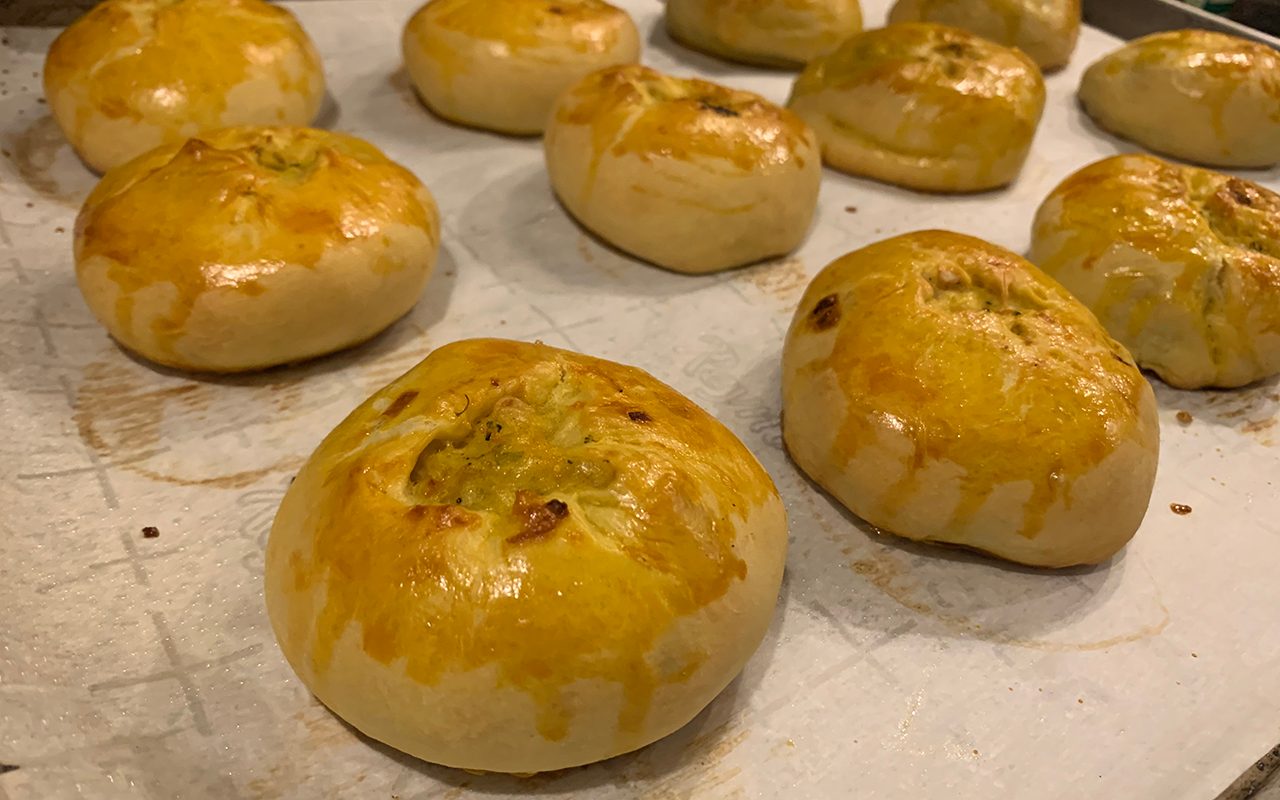
Bake the knish for 40 to 45 minutes until they’re golden brown, turning the pan halfway through to ensure the knish bake evenly. Let them sit for at least 5 minutes before serving. The filling will be piping hot, so enjoy with care!
Editor’s Tip: If you have leftovers, freeze them in an airtight container.
Similar Dishes from Other Regions
Almost every food culture has dumplings like knish. For starters, there are several types of dumplings made from potatoes, like German Kartoffelknodel or Italian gnocchi. Unlike knish, these dumplings don’t involve dough wrappers, making them more closely related to American chicken and dumplings.
When considering stuffed dumplings, the Polish pierogi is probably closest relative to a knish because of its potato filling. You could also look to Russian pelmeni, which also use thick-skinned dough wrappers, but they’re traditionally filled with ground meat and served with sour cream.
Other cultures use thin-skinned wrappers, like Italian ravioli, Korean mandu or the many Chinese dumplings served during dim sum service. If you’re in the mood for a crispier experience, look to British pasties, South American empanadas or triangular-shaped Indian samosas.
The post What Is a Knish? appeared first on Taste of Home.
Lindsay D. Mattison


